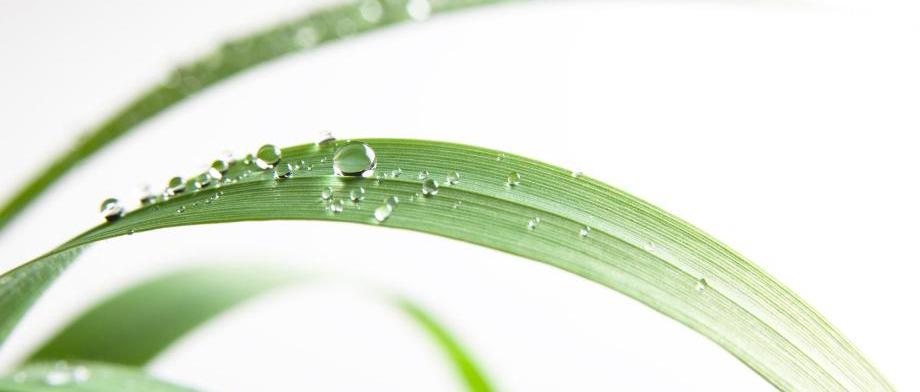
News, Tips & Other Important Information
Check back often for seasonal updates and helpful information.
Emerald Ash Borer in Colorado
The Emerald Ash Borer is a highly destructive pest that has killed millions of ash trees throughout the Midwestern United States since 2002. In 2013 it was found in Boulder County which has subsequently been placed under quarantine to help control the spread of the insect. As of January 2018 the Emerald Ash Borer has been detected in Boulder, Longmont, Gunbarrel and now Lafayette, but the quarantine boundaries remain unchanged. However, judging by the activity of the pest in the Midwest it is expected to eventually find it's way to other areas of the state, including Northern Colorado. Sampling of ash trees to detect the spread of EAB continues by the Colorado Department of Agriculture, USDA Animal and Plant Health Inspection Service, Colorado State Forest Service, Colorado State University Extension and other partners.
There are treatments available that have proven to be quite effective at preventing the loss of ash trees on your property but the key is to start treating trees when they are healthy. Once the tree has been infested with the insect it is very difficult to save the tree. Visit the Colorado Department of Agriculture's webiste here for more information about the pest.
In Larimer County we currently treat for the Lilac/Ash Borer which is a different destructive pest treated for in April with a surface application of insecticide to the trunk. Unfortunately this treatment is ineffective against the EAB which requires a separate injection to the tree trunk. Call us today for more information and to schedule an estimate with one of our technicians.
Winter Watering
Even during the winter months plants require water to maintain a healthy root zone. When we experience long stretches of dry weather it can be a good idea to water trees, shrubs and lawns where possible to help alleviate drought stress and in some cases mite damage to turfgrasss. Mite damage typically occurs in areas that are prone to drought stress such as slopes, areas against buildings (especially South facing areas) and near evergreen trees which consume quite a bit of moisture.
